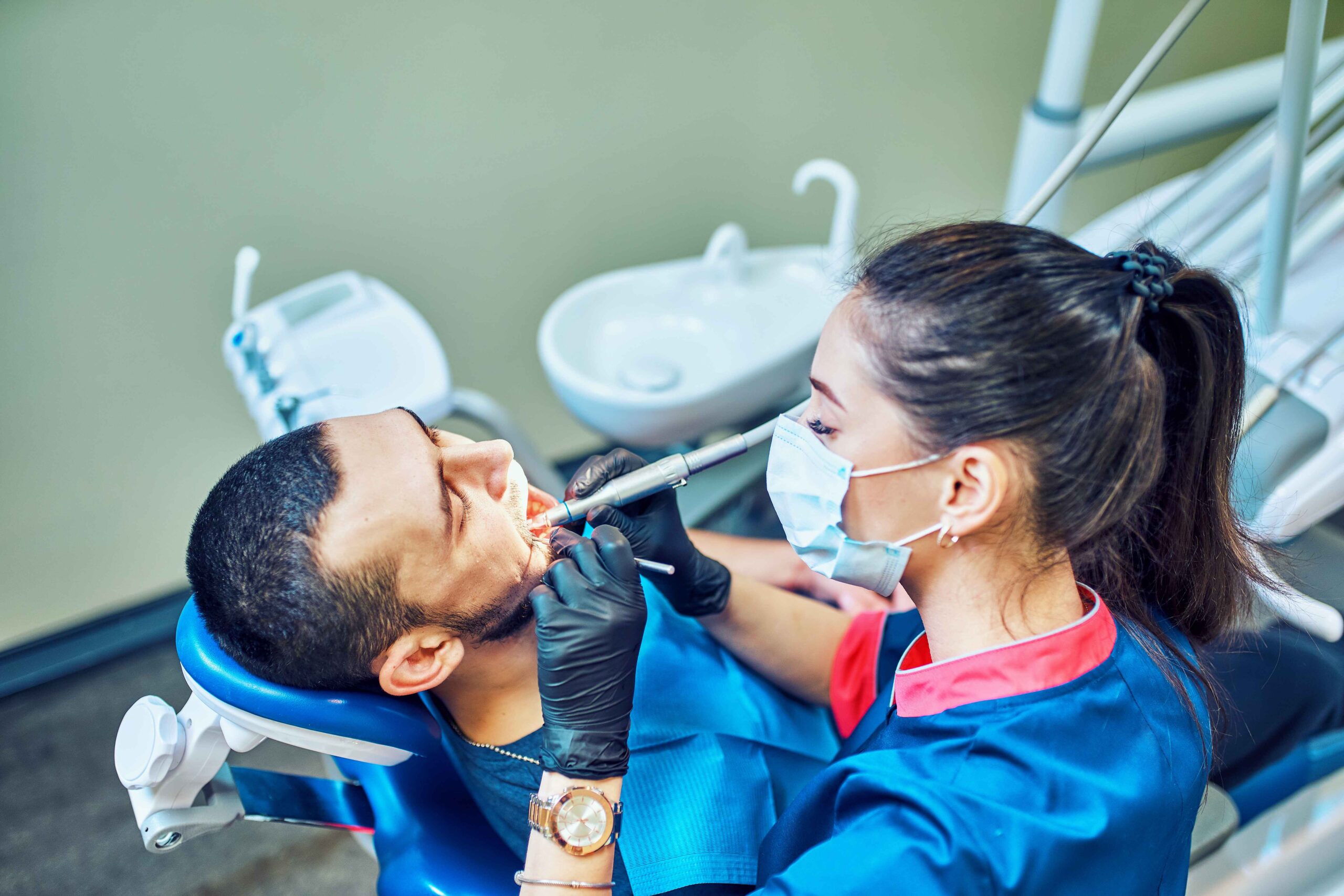
Malocclusion is known as bad bites as well. It comes under common dental problems. Residents in Columbia, MD, face issues similar to those in any other part of the world. Therefore, knowing what causes malocclusion can help people understand the situation better and seek timely intervention. People with malocclusion have misaligned teeth in the upper and lower jaw. Dentists make use of braces or some other method, such as orthodontics, to help in alignment.
If the Malocclusion is in its severe stage, then surgery might be required. People must seek timely treatment, as delaying the treatment can cause severe complications. The person can develop gum diseases, or they may even lose teeth as a result of misalignment or bad bites.
You may also find it difficult to chew your food correctly, and there can be problems with speaking as well. Furthermore, people may even avoid social situations because they may feel they are not looking their best. To avoid all these problems, seek treatment from a family dentist in Columbia, MD.
What are the possible causes of malocclusion?
There can be several things that may cause malocclusion, some of them are listed below:
- The size of your teeth might be too big, thereby affecting your alignment.
- If you had a habit of sucking your thumb a lot as a baby, then this can also increase the chances.
- You lost a permanent tooth, and therefore, the rest of the teeth shifted over time and caused alignment issues.
- Inheriting some conditions also increases the chances.
How can you identify if you have malocclusion or not?
Some various signs and symptoms can help you to get an idea of whether you have malocclusion or not. Some of those symptoms are listed below:
- You may find it difficult to chew or bite while eating.
- If you have a lisp or other difficulties in speech, consider checking with your dentist once.
- Not being able to bite food correctly is called “open bite.”
- Having to breathe from your mouth.
Are there classes in Malocclusion?
Yes, there are typically three classes in malocclusion; let us discuss them briefly:
Class 1:
It is seen as the most common type among the rest of the types. You can have a normal bite in this one, but your upper teeth might overlap with the teeth present in your lower jaw.
Class2:
This malocclusion is also called overbite, and here, the teeth in your upper and lower jaws overlap severely with each other.
Class3:
It is also called underbite, where your lower jaw may come forward and thereby bring overlap between your teeth and jaws in both upper and lower places.
What is the diagnostic procedure for malocclusion?
During your regular dental checkups, dentists see if your teeth are in alignment as a part of the routine checkup. Dentists may also insist on taking X-rays for your safety and to ensure that everything is correct.
If there is a sign of a developing condition, they can take the impression of your teeth and further study it to help you get the proper treatment.
What are the treatment options for malocclusion?
There are various treatment options that a person can make use of; some of them are listed below:
- Getting braces is one option; it can gradually shift your teeth in the right direction and thereby prevent bite issues.
- Aligners are another option, and they are made of plastic. These aligners are transparent and, therefore, are not easily noticeable. They shift your teeth gradually in position.
- If there is overcrowding, then removing teeth can help.
- Surgical procedures are performed to correct your jaw structure, or if there is any fracture, then heal it properly.
Wrapping Up!
It is also better to seek treatment on time to avoid future complications. Your dentist can help you find the best method to treat your teeth.